Spanish Peanut Information: Tips On Growing Spanish Peanuts In Gardens
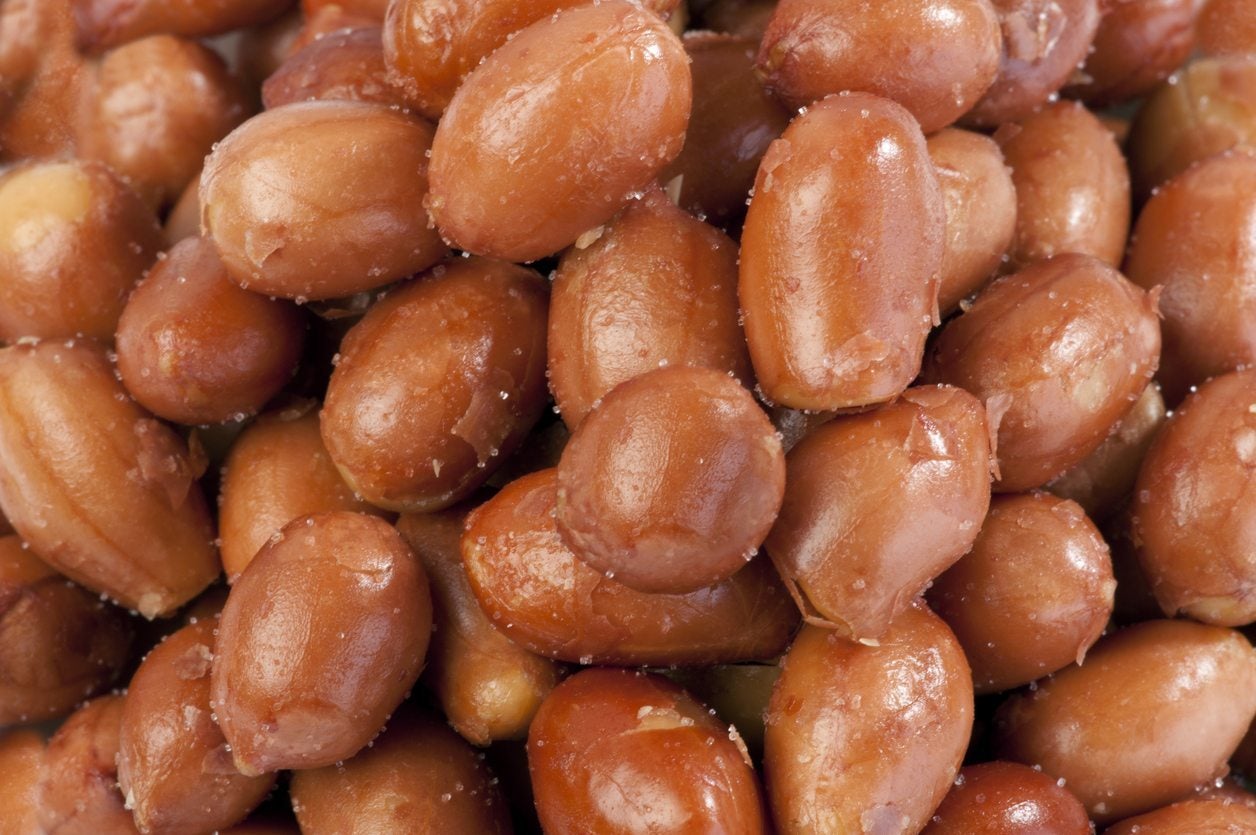

There are many things that drive me nuts as a gardener, such as uncooperative weather and insects and pests that dine uninvited on my plants. Those things I can live without. However, there’s one thing that I do like driving me nuts in the garden and that’s Spanish peanut plants. If you’ve ever enjoyed peanut candies or peanut butter, then I’m sure you are familiar with their tasty potential and can’t wait to get started growing Spanish peanuts in your garden. So, let’s get talking about Spanish peanut information and find out how to grow Spanish peanuts!
Spanish Peanut Information
Spanish peanuts are one of four main types of peanuts grown in the U.S. and are distinguishable from their other counterparts (Runner, Valencia, and Virginia) by their smaller kernels, reddish brown skin, and higher oil content. Depending on the cultivar selected, Spanish peanuts can take 105 to 115 days to mature. Of the Spanish peanut varieties available, ‘Early Spanish’ is the easiest to find and, as the name suggests, is on the lower end of the days to mature spectrum. This makes it a solid choice for wannabe peanut growers in the north, provided the growing stretch is comprised of frost-free days. One tip to get a head start on the growing season is to start your Spanish peanut plants indoors in biodegradable pots five to eight weeks before transplanting.
How to Grow Spanish Peanuts
Before you get started growing Spanish peanuts, you need to prepare a proper garden space, one that receives full sunlight. The garden soil should be characteristically loose, well-draining, sandy, enriched with organic matter, and register a pH in the 5.7 to 7.0 range. The seeds that are to be planted are actually shelled raw peanuts. ‘Raw’ in this case means unprocessed (i.e., not roasted, boiled, or salted). You can easily source these seeds online or sleuth them at your local garden center or grocer. Sow the seeds 1 to 2 inches (2.5-5 cm.) deep, 6 to 8 inches (15-20 cm.) apart in rows 2 feet (61 cm.) apart. Before too long you will witness clover-like plants emerging from the ground which will set small yellow flowers. Once these flowers are pollinated, their fertilized ovaries begin to elongate and penetrate what is referred to as ‘pegs’ into the ground. It is at the tip of these pegs that peanut fruit begins to form. When your plants reach 6 inches (15 cm.) tall, loosen and aerate the soil by lightly and gingerly digging around the base of each plant. At a height of 12 inches (31 cm.), hill the soil high around each plant as you would with potatoes, then lay down a light mulch using compost, straw, or grass clippings to retain moisture and minimize weeds. As with any plant in your garden, attentiveness to routine weeding and watering will be of great benefit to your peanut plants. After your plant succumbs to the first fall frost, it is time to harvest. When the soil is dry, carefully lift the plant out of the soil with a garden fork and gently shake the excess soil off the plant. Hang the plant upside down for a week or two in a warm and dry location, such as a garage, then pull the peanut pods from the plant and continue to air dry them for another one to two weeks before storing in a well-ventilated place.
Gardening tips, videos, info and more delivered right to your inbox!
Sign up for the Gardening Know How newsletter today and receive a free copy of our e-book "How to Grow Delicious Tomatoes".

Shelley Pierce was a writer for Gardening Know How, contributing to hundreds of articles for the site.
-
 Try The Trend – Turn Any Bed Into A Keyhole Garden With This Clever In-Ground Composter
Try The Trend – Turn Any Bed Into A Keyhole Garden With This Clever In-Ground ComposterKeyhole gardening is an efficient and sustainable practice that saves space. Get started on this DIY project quickly and easily with an in-ground composter.
By Bonnie L. Grant
-
 4 Superfast Composting Methods: Turn Waste Into Garden Gold In 30 Days Or Less
4 Superfast Composting Methods: Turn Waste Into Garden Gold In 30 Days Or LessTry the fastest composting methods to turbocharge your pile and transform kitchen scraps and garden waste into finished compost in just a few weeks.
By Mary Ellen Ellis
-
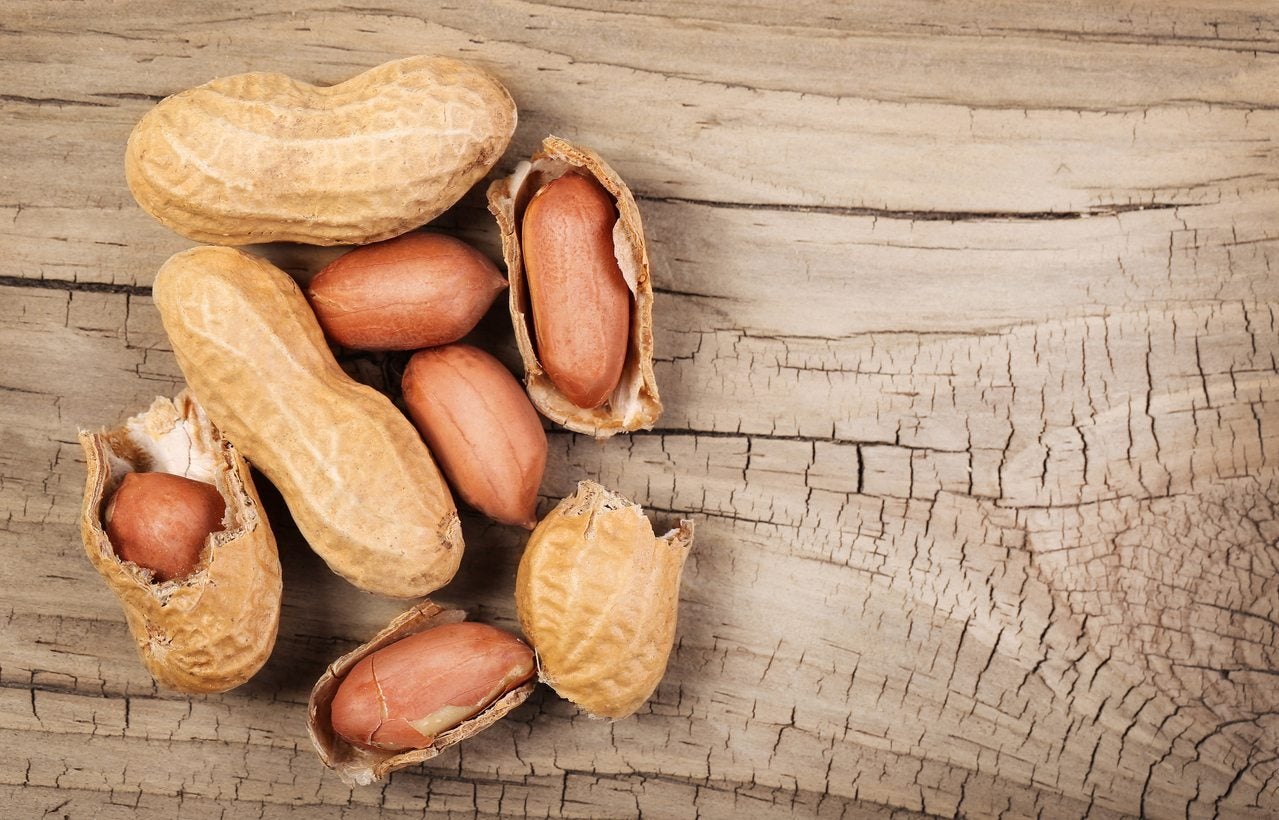 Valencia Peanut Info: Learn How To Grow Valencia Peanuts
Valencia Peanut Info: Learn How To Grow Valencia PeanutsIf you are only familiar with peanuts in the form of peanut butter or ballpark snack, you may be wondering what are Valencia peanuts? Click this article to find out how to grow Valencia peanuts and other info on Valencia peanut varieties.
By Amy Grant
-
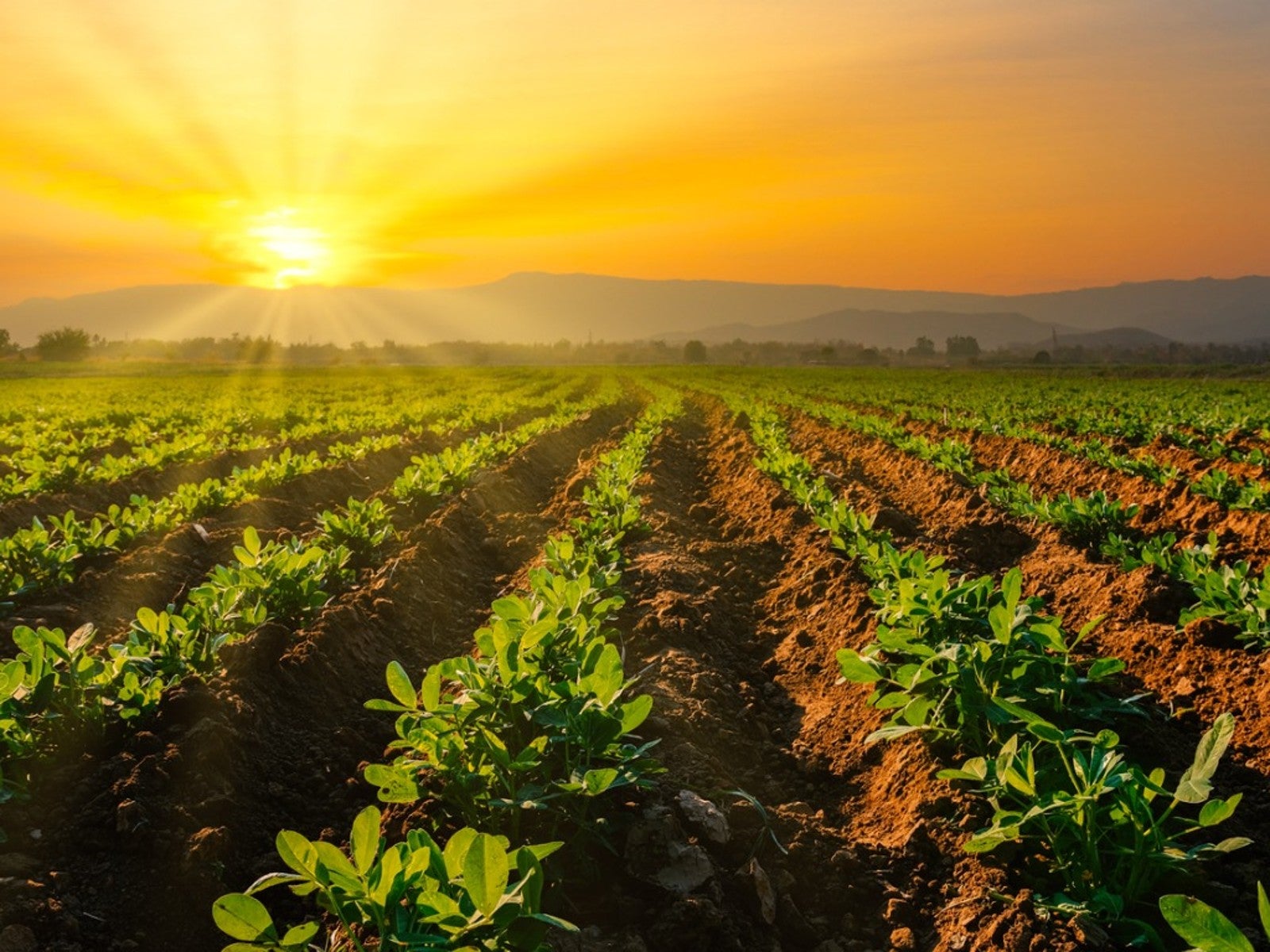 Watering Peanut Plants: How And When To Water A Peanut Plant
Watering Peanut Plants: How And When To Water A Peanut PlantHalf the fun of raising peanut plants is watching them grow and change rapidly. But in order to achieve this feat, certain peanut water requirements must be met. So how much water does a peanut plant need? Find out in this article.
By Gardening Know How
-
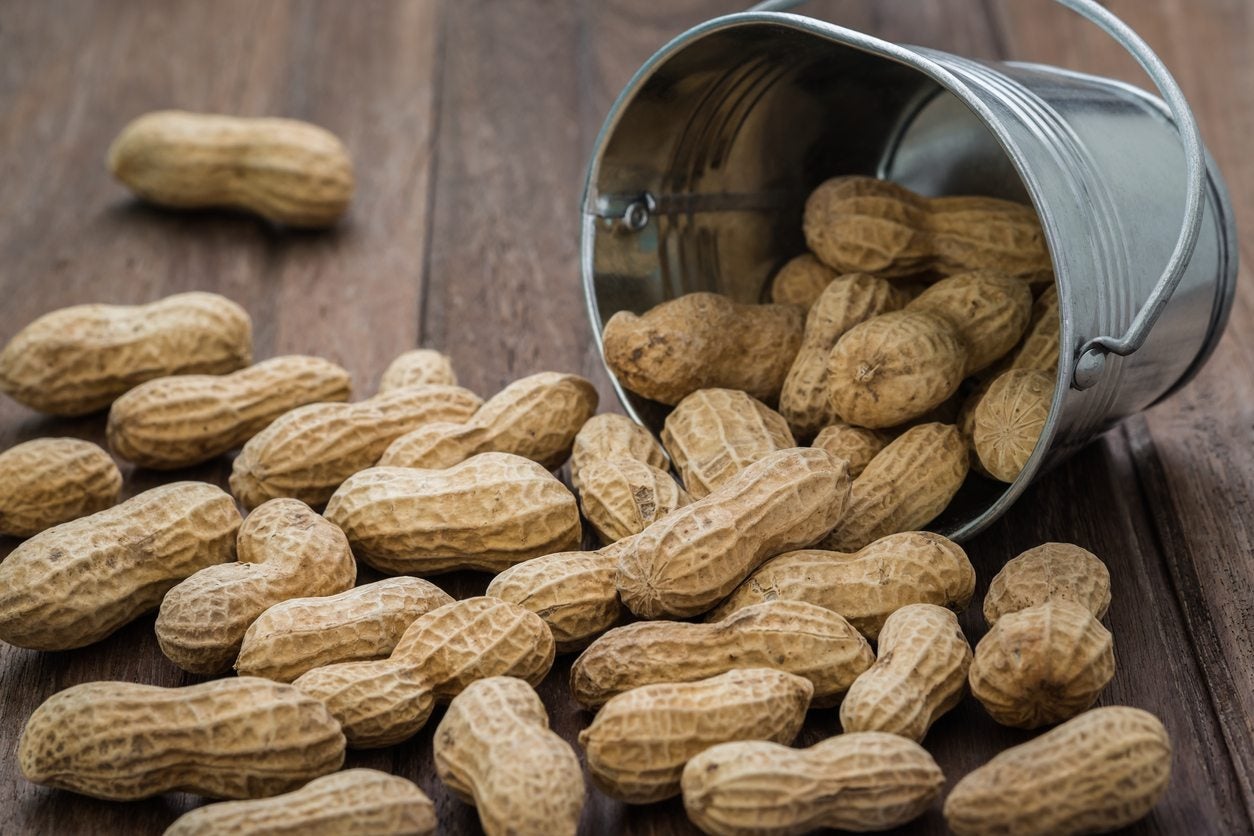 What Is A Virginia Peanut: Information On Planting Virginia Peanuts
What Is A Virginia Peanut: Information On Planting Virginia PeanutsAmong their many common names, Virginia peanuts are called goobers, ground nuts and ground peas. Although they're not grown exclusively in Virginia, their common name gives a nod to the warm southeastern climates where they thrive. Learn about them here.
By Victoria Blackstone
-
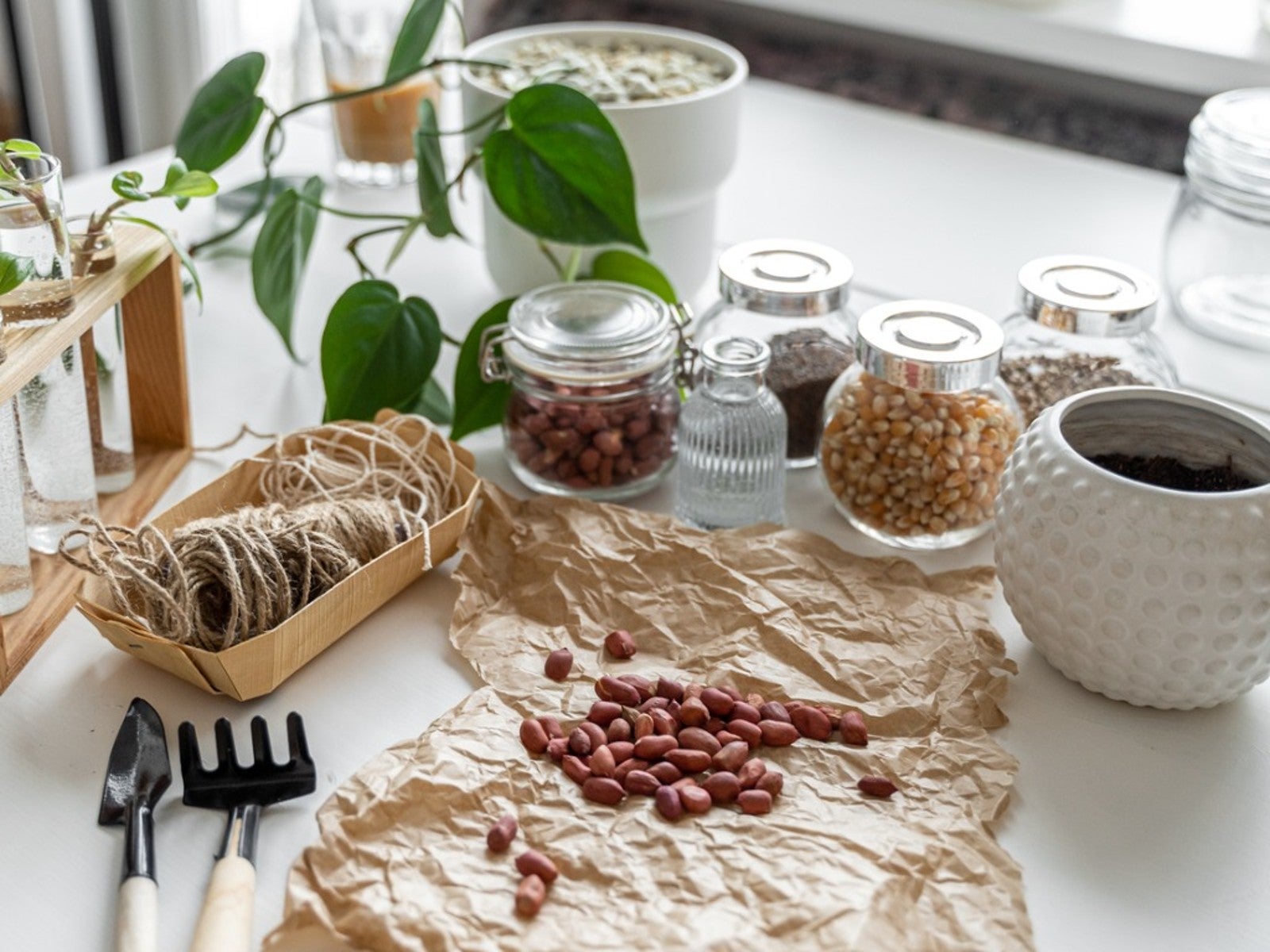 Indoor Peanut Growing – Learn How To Grow Peanuts Indoors
Indoor Peanut Growing – Learn How To Grow Peanuts IndoorsCan I grow a peanut plant indoors? This may sound like an odd question to people who live in sunny, warm climates, but for gardeners in chilly climates, the question makes perfect sense! If you want to learn how to grow peanuts indoors, click this article.
By Mary H. Dyer
-
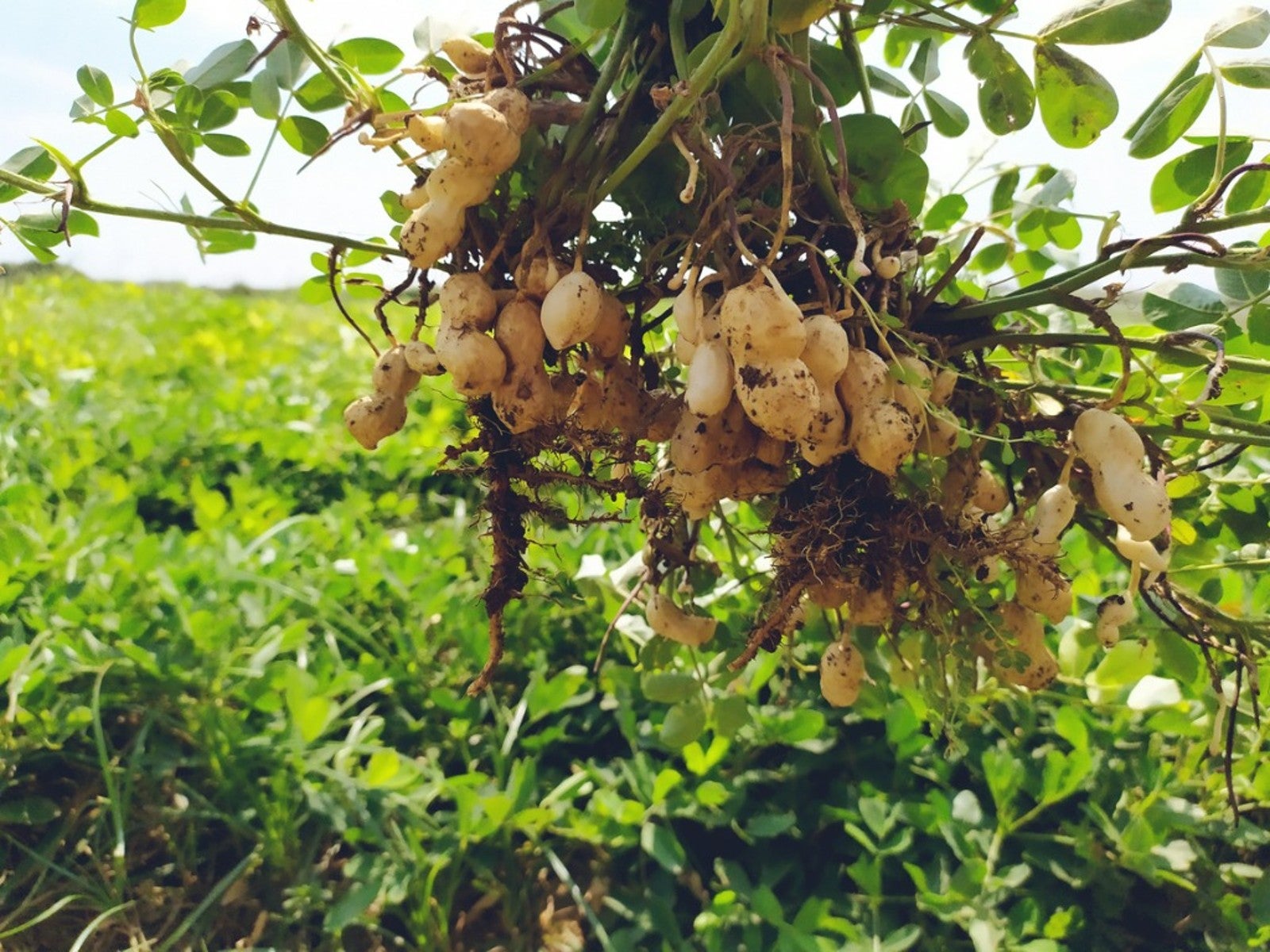 Runner Type Peanuts – Information About Runner Peanut Plants
Runner Type Peanuts – Information About Runner Peanut PlantsPeanuts are not at the top of the list of the most common plants in the garden, but they should be. They're relatively easy to grow, and there's nothing cooler than curing and shelling your very own peanuts. Learn about runner type peanuts in this article.
By Liz Baessler
-
 Groundcover Peanut Varieties: Using Peanut Plants As Groundcover
Groundcover Peanut Varieties: Using Peanut Plants As GroundcoverIf you are tired of mowing your lawn, take heart. There is a perennial peanut plant that produces no nuts but provides a beautiful lawn alternative. The pretty little yellow flowers are edible and can be used in salads. Learn more about these plants here.
By Bonnie L. Grant
-
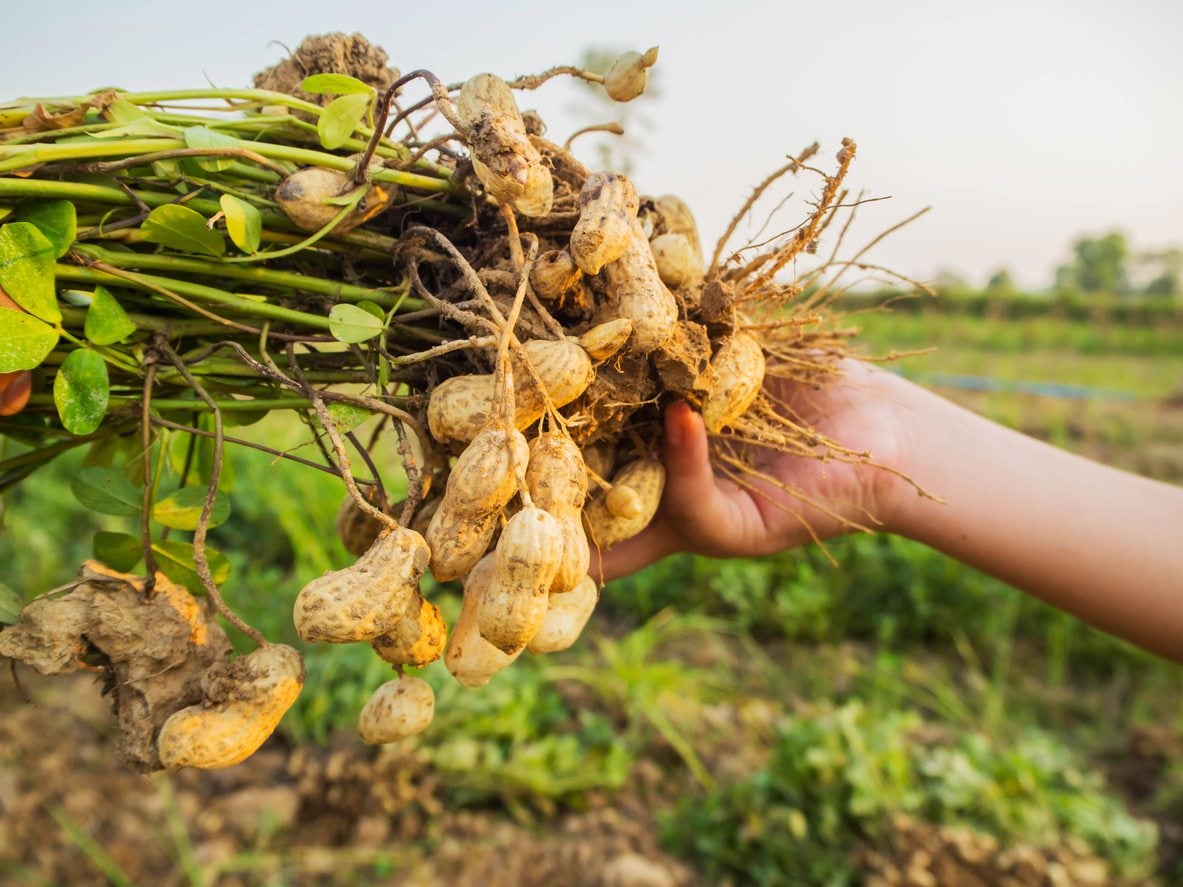 Types Of Peanut Plants: Learn About Different Varieties Of Peanut
Types Of Peanut Plants: Learn About Different Varieties Of PeanutWant to grow peanuts? How hard can it be? After all a peanut is a peanut. But what if your search of peanut plant seeds reveals that there's more variety to peanuts than you knew? Learn about the differences between these peanut plant varieties in this article.
By Darcy Larum
-
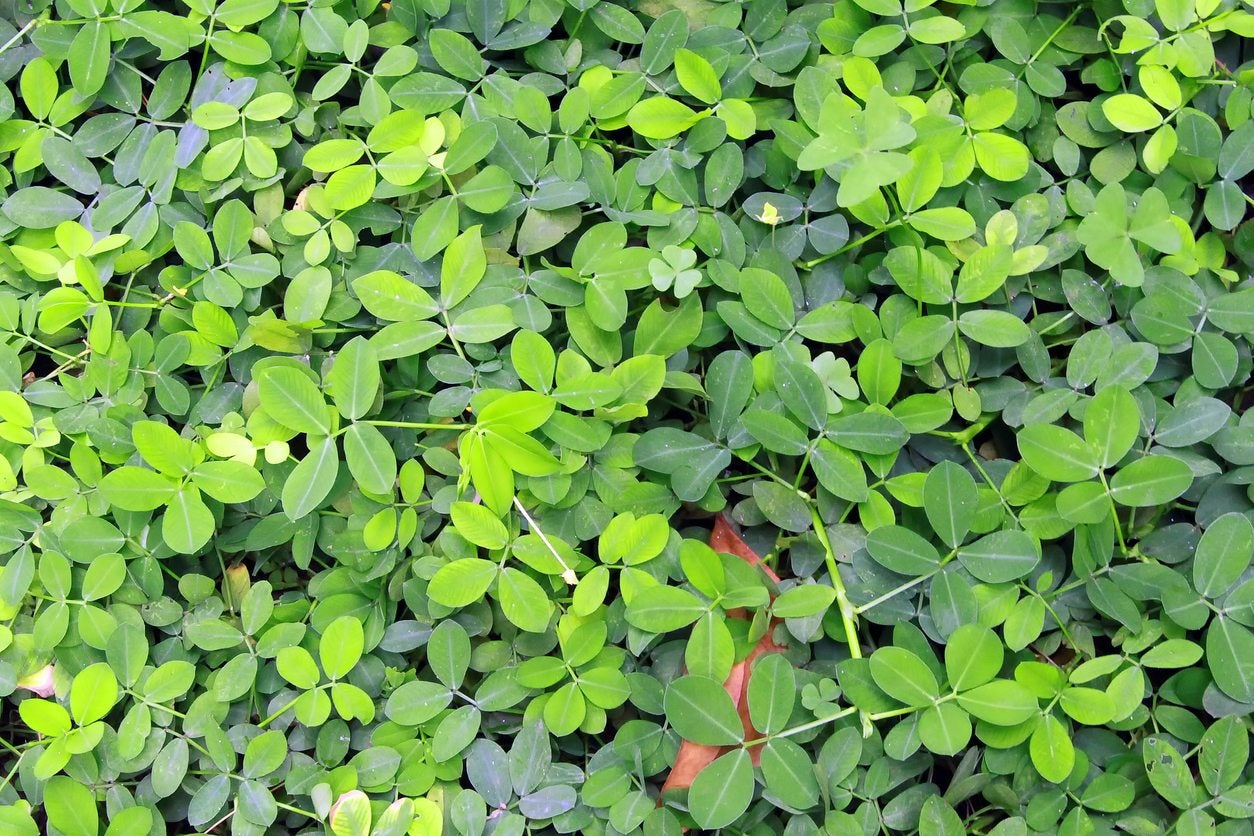 Using Peanuts To Improve Soil – What Are Benefits Of Peanuts In Soil
Using Peanuts To Improve Soil – What Are Benefits Of Peanuts In SoilPeanuts are legumes and, like all legumes, have the amazing ability to fix valuable nitrogen into the soil. Not only are you improving the soil with peanut planting but will end up with a tasty, nutrient rich snack for the family. Learn more here.
By Amy Grant